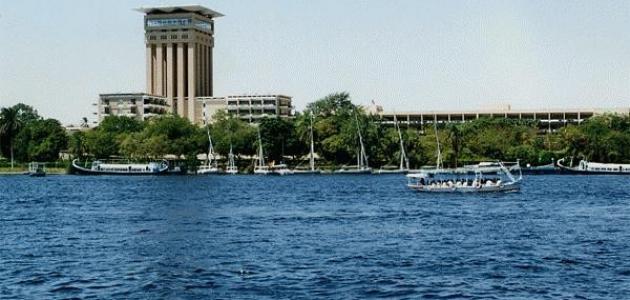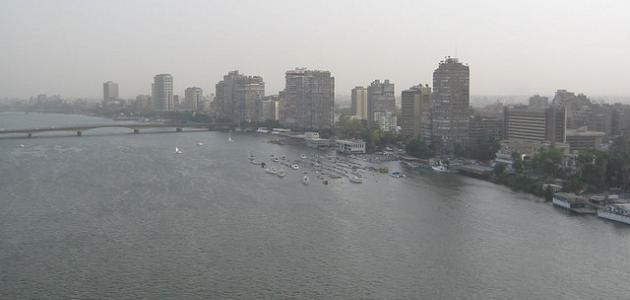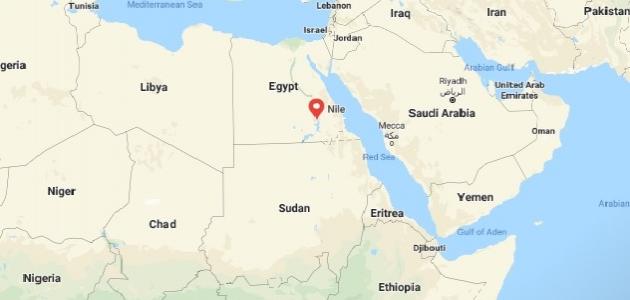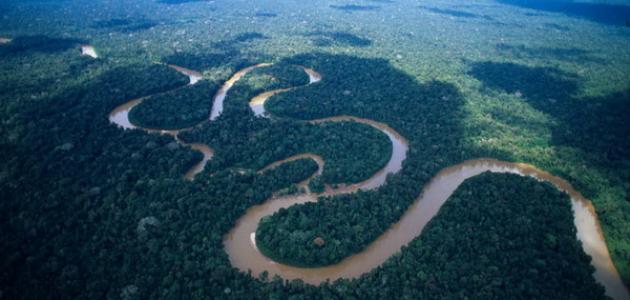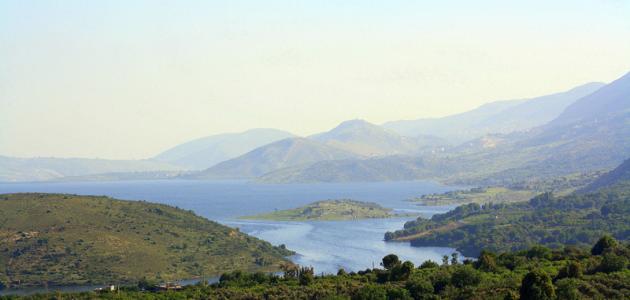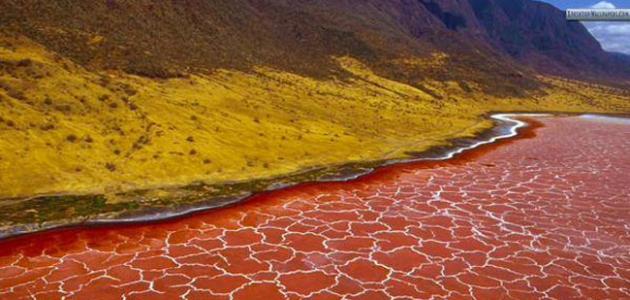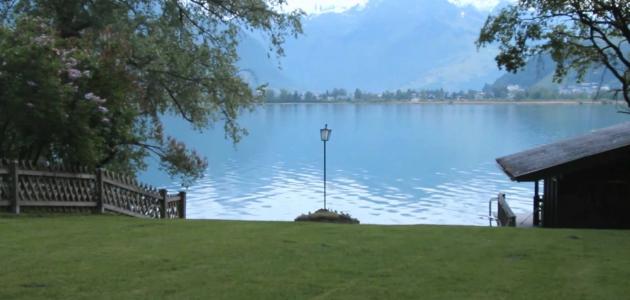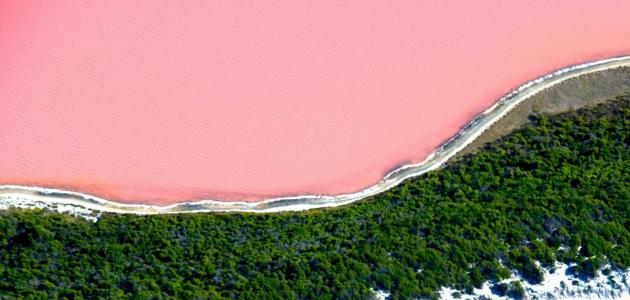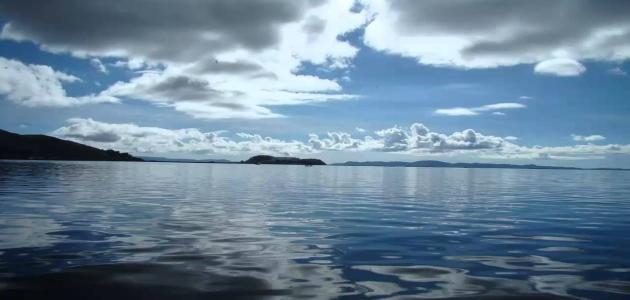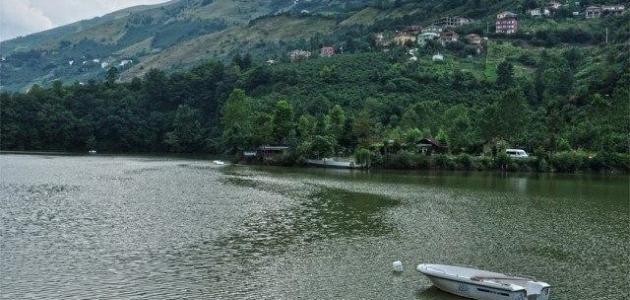The Nile River
The Nile River is the longest river in the world, and it flows through northeastern Africa, flowing into the Mediterranean Sea, and the river covers a distance along the way estimated at about 6,649.8 km, and its area is 3,348,854.3 square km. The Kagera River is known as the most distant source of the Nile, which is found in The Republic of Burundi, in addition to the fact that the Kagera River is the furthest source of Lake Victoria, and the largest stream in the Nile River.
Sources of the Nile River
There are many water sources of the Nile River, which originate mainly from Lake Victoria, and Lake Victoria is located in Uganda specifically in the city of Jinja, and the Nile River flows north until it reaches Ripon Falls specifically to Lake Kyoga, then flows towards the western direction before it empties into Lake Albert through its northern end, just as the waters of the Nile coming from Lake Victoria mix with the waters of the lake, and extend north under the name Albert Nile, and the river enters southern Sudan and heads towards Juba, and is called the Mountain River, then the White Nile enters Sudan, specifically in the city of Renk, Then it heads north to the capital and joins the Blue Nile, while in Cairo the Nile is divided into two main parts: Rosetta and Damietta, which form the Nile Delta.
Climate of the Nile River
The climate varies in the regions of the Nile River Basin, and there is no region that experiences a truly tropical climate, as the climate of the Nile Basin in Egypt and Sudan is characterized by the fact that it does not rain during the winter season, while the southern parts and highlands of Ethiopia witness heavy rains, with an average of approximately 1520 mm, and the tropical climate prevails. With precipitation in certain parts of the lakes region of East Africa and southwest Ethiopia, there is also a slight variation in temperatures throughout the year ranging between 16-27 degrees Celsius depending on the region and altitude, and the humidity varies similarly and is on average 80%.
Read also:Where does the Mississippi River flow?Similar climatic conditions prevail in the western and southern parts of South Sudan, where the region receives approximately 127 centimeters of rain over a period of nine months, and the humidity reaches its peak in the rainy season, and the maximum temperature was recorded during the dry season, that is, during the months of December and February, While the minimum temperature was recorded in the months of July and August.
Animal diversity in the Nile River
The Nile River region and its surroundings are characterized by a great animal diversity, and examples of animals that live in these areas are: rhinoceros, fish, turtles, hippos, frogs, many wild animals, and more than 300 species of birds such as: small gulls, The Nile crocodile is also widespread in the region. Which is considered one of the most dangerous predators, with a length of about 5.4-6.09 meters.
Read also:Where does the Congo River flow into?